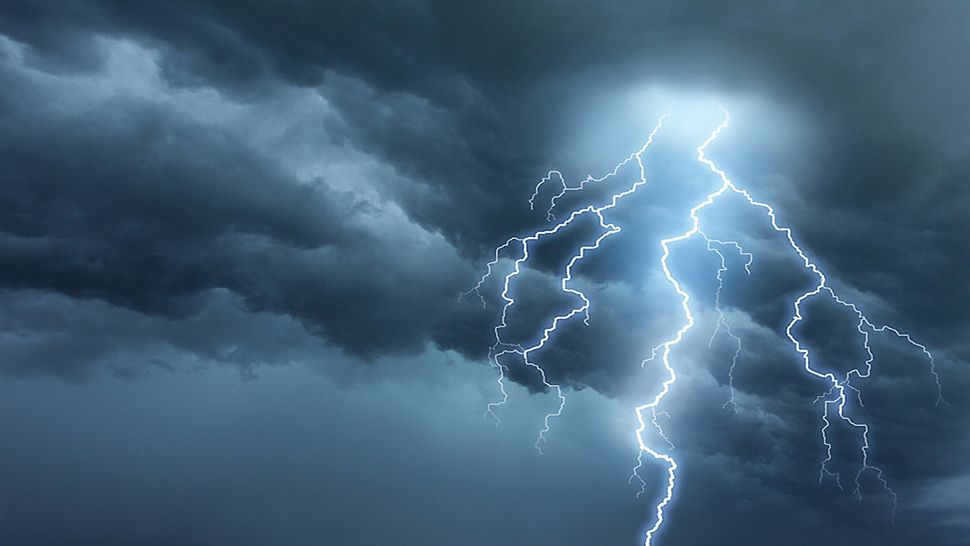We all know temperatures and humidity decline in the Carolinas from late September through November. But what we often forget is that this change in weather is driven by strong cold fronts that sweep across the region.
More importantly, it's these colds fronts that can cause a spike in severe storm activity.
Now the reason these fronts become more frequent and stronger this time of year is because the jet stream is retreating southward. That leads to the old battle of cold and dry air vs. warm and moist air.
Unfortunately, that battle zone sets up across the Southeast and Carolinas in the fall, just as it does in the spring.
However, thanks to decreasing sunshine and less solar heating, the fall severe weather season tends to be shorter and less violent that in the spring. The fronts also typically move faster.
Nonetheless, damaging winds, large hail, and even a few tornadoes can accompany these cold fronts. That means possible damage across our state.
So remember, just because winter is near, severe weather is still a real possibility late in the year.



